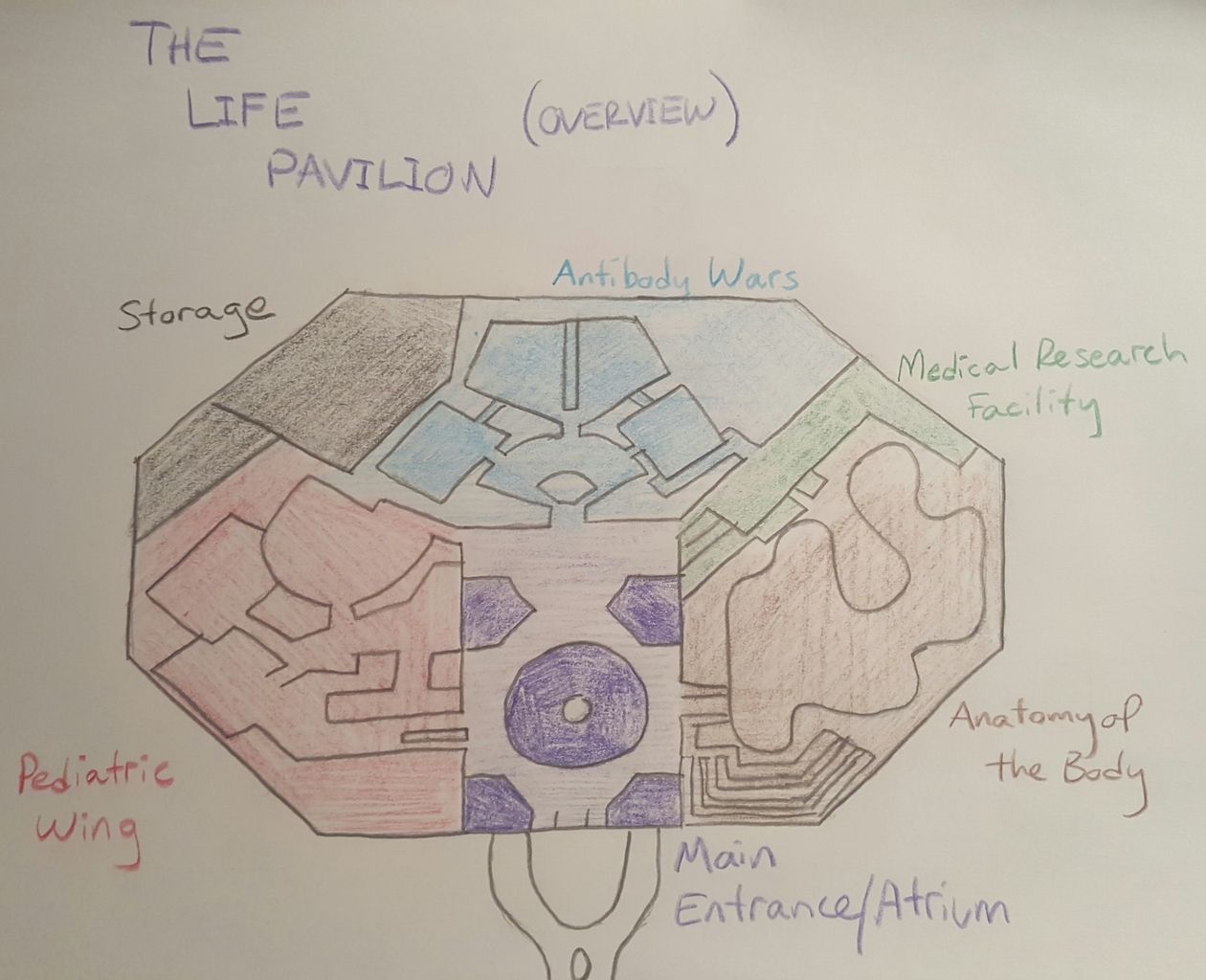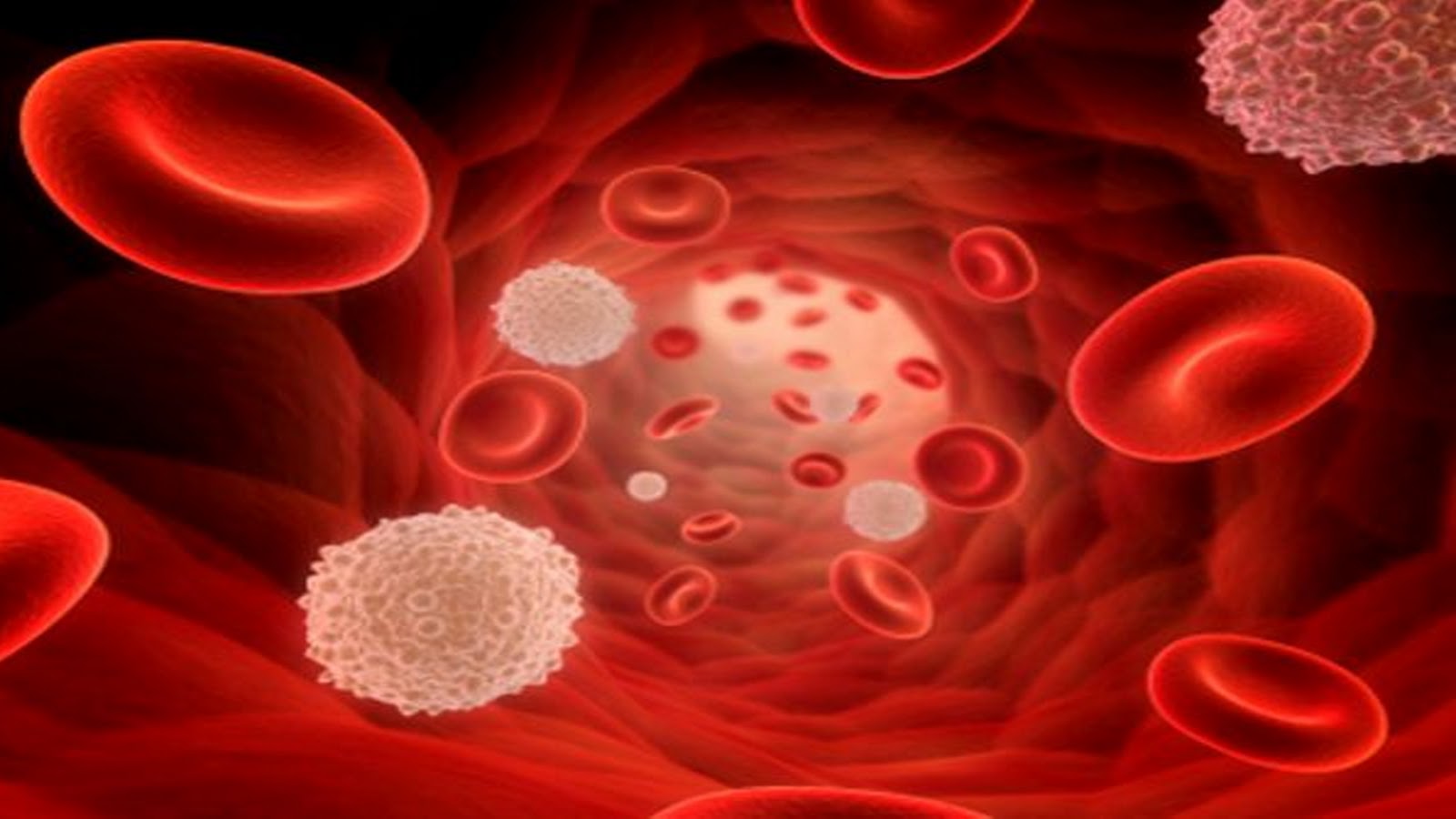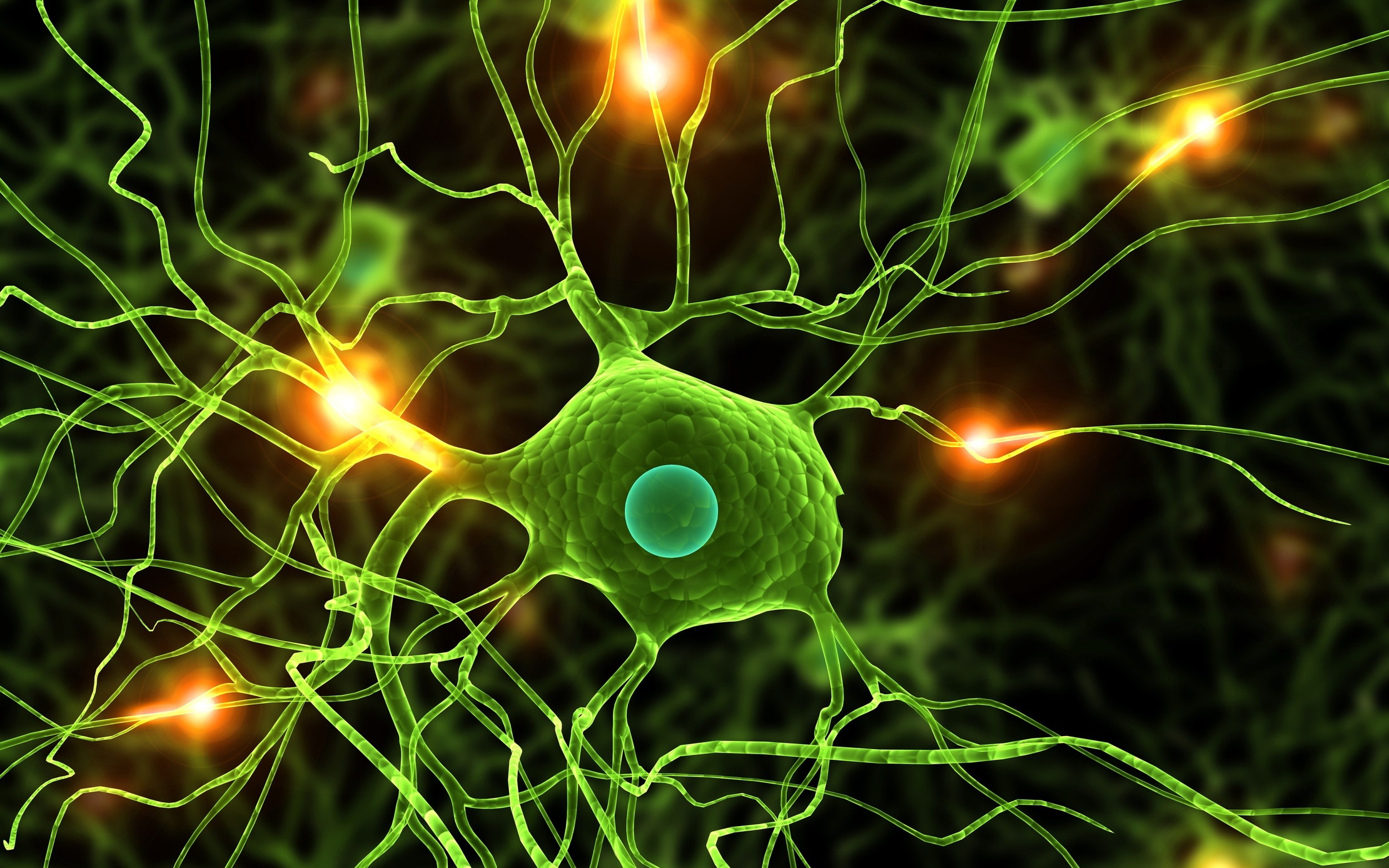-
Welcome to the WDWMAGIC.COM Forums!
Please take a look around, and feel free to sign up and join the community.
You are using an out of date browser. It may not display this or other websites correctly.
You should upgrade or use an alternative browser.
You should upgrade or use an alternative browser.
Infinity Brainstorm
- Thread starter spacemt354
- Start date
Suchomimus
Well-Known Member
Suchomimus
Well-Known Member
Question of the Day - December 12, 2016
What is the one attraction you wish Disney would bring back and why?
I'll tag some of the active people as of late to get us started
@S.P.E.W @Stark @Pionmycake @Expedition626
What is the one attraction you wish Disney would bring back and why?
I'll tag some of the active people as of late to get us started

@S.P.E.W @Stark @Pionmycake @Expedition626
For me...its either Horizons or Adventures Thru Inner Space in Disneyland...such amazing rides.
MonorailRed
Applebees
Question of the Day - December 12, 2016
What is the one attraction you wish Disney would bring back and why?
I'll tag some of the active people as of late to get us started
@S.P.E.W @Stark @Pionmycake
I'd love to see 20k come back in some form to WDW. I think it had a really good storyline and would be interesting with today's technology.
Expedition626
Member
Question of the Day - December 12, 2016
What is the one attraction you wish Disney would bring back and why?
I'll tag some of the active people as of late to get us started
@S.P.E.W @Stark @Pionmycake @Expedition626
Honestly I'd have to say Malestrum. Even though the Frozen Ever After ride is beautiful and I adore it, I've never had the chance to ride Malestrum, so it'd be cool to experience it first hand. Either that or the fantasyland buckets. They have some at cedar point, but i'd love to see the view.
Suchomimus
Well-Known Member
Even though I never rode it, I'd say World of Motion. It was one many attractions that made Epcot Center (Future World to be more exact) what is was; a park (zone) about man's greatest achievements in history and a possible look into the future.Question of the Day - December 12, 2016
What is the one attraction you wish Disney would bring back and why?
I'll tag some of the active people as of late to get us started
@S.P.E.W @Stark @Pionmycake @Expedition626
20k is back...I'd love to see 20k come back in some form to WDW. I think it had a really good storyline and would be interesting with today's technology.
It's the price of a week in the Grand Floridian...hehe

Oh I love Wonders of Life!I would love for Disney to bring back the Wonders of Life. With It's corny circus life themeing, and its vast array of exhibits meant to teach kids and adults about the inner workings of the human body, it was perfect. It lived in it's own little world of health. I guess that's why it closed down though. When you go to a theme park (especially a Disney theme park) you don't wanna be pestered about your weight or health. You just wanna go there to have a good time. To be perfectly honest, you could go to the two major attractions that are in the pavilion without ever having to learn about losing weight. However you will catch glimpses of all the little exhibits while on your way to either Body Wars or Cranium Command. My best option is for Disney to just bring back Body Wars & Cranium Command and leave out the Goofy About Health exhibit and that Making of Me movie starring Martin Short.

I've redone this pavilion several times
The Life Pavilion
Presented by Siemens

The Life Pavilion will seek to instill the core values of the original Life and Health Pavilion as well as the Wonders of Life Pavilion, but present the concept in a new, fresh perspective. In order for this to happen, the current Wonders of Life dome will be gutted and demolished to flat land to make way for the future. With that, Celestial Soda Pop has been retired and a different theme and musical tone will replace it. For this pavilion, I wanted to go for a more upbeat and modern tone, and while it won't be this exact song, this type of instrumental style would be what I was envisioning for the background music of the pavilion.
The inspiration and design of the pavilion's architecture comes from a variety of sources. In order to blend into the Epcot Future World skyline, the building will be encased in glass much like the counterparts of Imagination! and The Land Pavilion in Future World West. This glass will have a purple, or "basophilic", tint to it rather than blue found in Future World West, as a representation of the "uniqueness" of the building among the other pavilions, as basophils (stained purple in a microscope slide) are among the most unique and rare cells in the body. Siemens was also chosen as a sponsor not only because of their history with Epcot (Spaceship Earth and Illuminations) but also because they actually develop a lot of the technology that is used by hospitals and research centers around the world.
(Sketch of The Life Pavilion interior)

As guests approach the building, they encounter a 20 ft tall statue of a detailed eukaryotic cell out front of the pavilion.

Underneath the statue, a quote reads:
"By the help of microscopes, there is nothing so small, as to escape our inquiry; hence there is a new visible world discovered to the understanding"
- Robert Hooke, 1665 discoverer of the first cell
As guests pan around the statue, past a small body of water, they are led to the two entrance doors to the pavilion. Once inside, they enter a five story atrium lobby that acts as the hub for the pavilion.

The atrium is themed to the inside of a cell. As guests pass through the "lipid bilayer" (double sided doors) they are immersed in the world of the cell. Around the atrium on the walls you can see 360 degree LED screens showing CGI mRNA translating into proteins, and other cellular components around the cytoplasm. As you walk forward, you encounter several interactive elements acting as components of the cell:
- At "The Nucleus" - you can see how DNA is made through a 3D interactive show where you build DNA from the ground up.
- To the left of the nucleus acting as the "Mitochondria" is the interactive game "Operation" Here, you can navigate around the human body in this 3D simulation as you attempt to reconstruct the body's organs as the surgeon general.
- To the right of the nucleus acting as the "smooth endoplasmic reticulum" is "Health Habits" - an informative self-test showing the best diet for you based on height-weight ratios and how to stay in good shape!
Branching off of the entrance atrium, you can venture to several areas of interest to experience the showcase attractions of the pavilion. These include:
Antibody Wars - join the immune battle as you fight your way through the human body in an attempt to halt the spread of a deadly virus.
Anatomy of the Body - an omnimover ride that journeys back in time to the breakthroughs in science and medicine leading up to the current day.
The Pediatric Wing - experience several kid-friendly exhibits to learn about the human body, featuring a special show about digestion with The Magic School Bus!
DNA Cafe - a small eatery located next to Antibody Wars
Life Research Center - a medical research lab that studies immunology and looks for cures of diseases. Special tours (much like Behind the Seeds tours at Living with the Land) are provided on select days.
Antibody Wars

Queue/Pre-Show
Towards the back of the atrium you see the large entrance sign to the attraction. As you enter the queue area you see portraits of certain bacteria and immune B and T cells on the wall with the dates of discovery. You enter a research facility and are greeted by Dr. Buzzy from the laboratory, who explains that the MET had shut down years ago, however their shrinking technology has evolved and been patented. In order to better understand certain autoimmune diseases (where the body's immune system attacks healthy cells instead) the lab has utilized this shrinking technology to dive into the cellular levels to see these immune cells in action.
Today however, for the guests on the tour of the research lab, they will be traveling to experience how the influenza virus is terminated by the body's immune system. A relatively routine procedure, but something to be excited for as you get to see the battle inside the human body take place. You will begin by traveling through the oropharynx and to the site of the virus penetration. Once the virus has been removed, you will ride back out the way that you came.
Ride-System
Antibody Wars will use a next generation simulator technology. With all these updates of extinct attractions, Mission: SPACE will be replaced with another extinct space attraction, so the use of a simulator won't add to Epcot's simulator count. The system will be similar in a sense to Mission:SPACE, however there is much less G-force and the screens are much more clear and larger. There will be 4 people per compartment, with a total of 6 compartments per theater, and 4 theaters in total. With a 4 minute ride, you have an hourly capacity of 1200 guests per hour.
Attraction Ride-Through
Your vehicle is prepped for the shrinking process and is coated with a gel that simulated a red blood cell, so that the antibodies don't attack your ship thinking you are a foreign substance. Your vehicle shrinks and you go flying into the nose and come to a stop to marvel at your enlarged surroundings. You track the virus as it is in the patient's throat, and you travel down to get it. You see the macrophages of the body and the B and T lymphocytes going to town on the virus, engulfing it and destroying it. There are many viral substances though and you see the large battle unfold.

Suddenly though, your vehicle is smacked with a virus, and the red blood cell coat protecting you from an attack is removed. The immune cells turn directly towards you.
"Oh...we might have a problem" fears Dr. Buzzy. "Put on manual control now, get out of there!" You and your 3 other passengers now have manual control to zoom out away from the immune cell attack. But you're caught in saliva and are thrust down the esophagus and into the GI system. Your vehicle lands in the stomach and the low pH of the environment starts eroding your vehicle's exterior.
Dr. Buzzy states "You all have to find a way out of there. Try and enter a capillary, if we can get you there, you can ride the flow up into the veins. We can try to then find an afferent neuron to drive you back up to the brain at lightning fast speeds to escape the clutches of the immune response...it's our only hope."
Your vehicle flows down the stomach into the small intestine but you're about to escape through a sphincter and into a capillary as you are thrust up to the veins and ultimately to the lungs. As you continue your journey you reach the heart where you can see and feel the continuous beats of the heart as you are catapulted up the aorta and you are instructed to take a left to the spinal cord just before the immune cell grabs you

In the spinal cord, you are able to ride the neuronal firing straight up but you are going so fast you go directly into the brain. From the brain you dodge and duck from the action potentials all around you.

You see a light to your right and its the ear! You find your escape route and fly out of the ear to safety where you are resized back to normal.
"Well." Dr. Buzzy says as he breathes a sign of relief "That was definitely a close one. Hopefully though you now have a better appreciation for how detailed and effective your bodies truly are. Thanks and come again soon!"
Anatomy of the Body

(More like anatomy of the omnimover)
Your journey begins on a slow moving omnimover as you board in a classic Epcot style reminiscent of old attractions such as World of Motion or Spaceship Earth. You are about to embark on a journey through time to explore how medicine evolved into what it is today.
Scene 1 - Egypt 1600 B.C.
The first stop is in ancient Egypt where you see the Edwin Smith Surgical Papyrus. This is the oldest known surgical treatise on trauma. The Egyptians used to keep medical records of the things that they saw in regards to anatomy, and this treatise opens up to the first exploration of what would later be classified as the heart, liver, spleen, kidneys, hypothalamus, and bladder.
Scene 2 - Greece 480 BC
Many anatomical and medical terms derive from Greek roots. Alcmaeon, one of the earliest scientists, constructed a medical anatomy atlas from animal dissections, and classified nerves and tubes of the optic tract. You also see Hippocrates, famous for the Hippocratic Oath medical students recite, he was a founder of the musculoskeletal system and other organs such as the kidney and heart. In addition, Aristotle is seen discovering and founding "comparative anatomy" learning about animal dissections and relating them to humans. While these people were pioneers of their time, many of their discoveries would eventually be overturned, but that wouldn't happen for centuries
Scene 3 - Medieval Medicine late 1200s
Mondino de Luzzi is seen giving medical lectures at Bologna University (the first medical school)
Scene 4 - Medieval Medicine late 1400s
Leonardo da Vinci was famous for his anatomical drawings of the human form and can be seen illustrating his artworks in this scene. It is stated via narration that da Vinci was the first to depict cirrhorsis of the liver as well as arteriosclerosis through his anatomical drawings.

Scene 5 - Vesalius 16th century
With the development of the printing press, it became easier for people like Andreas Vesalius to publish and contribute works to anatomy, where he and others discovered the relevancy of the circulatory system as well as the lymphatic system.
Scene 6 - Anatomy Theaters 16th century

At the University of Padua, anatomy theaters became a popular spectacle as people would come to be educated on the intricacies of the human body. Your omnimover bypasses this theater in Italy as onlookers take notes and draw.
Scene 7 - Gray's Anatomy 19th century

You ride past Henry Gray at a desk surrounded by pictures of anatomy. Henry Gray became famous for his very detailed anatomical books of the human body systems. Initially published in 1858, it is well regarded as extremely influential to the medical and anatomy field. The latest Gray's Anatomy book was just recently updated and published as the 41st edition in Sept 2015.
Scene 8 - Modern Medicine
With the advancements in technology, we can now see the human body in many forms. A montage of 20th century advancements including MRIs, CT scans, endoscopes, etc are shown and we hint at new technologies in the 21st century such as robotics to shape the way surgery and ultimately the knowledge of human anatomy can evolve.
The Pediatric Wing

Themed to a color children's hospital environment, the north wing of the building houses many interactive elements and shows for children and children at heart as we take a lighter and more fun look at the human body.
The Magic School Bus presents: What happens to the food we eat?
A spin on the classic episode looking at the digestive system, this show for children will teach them about the inner working of their GI systems.
Brain Games
Test your skills and see if you can figure out mind tricks designed to fool your brains! Optical illusions, sensory deceptions, and more are included.
DNA Cafe

A small quick service restaurant serving all organic foods to keep you healthy!
Life Research Center
A fully-staffed research lab associated with the University of Central Florida College of Medicine in Orlando, FL specializing in the research of autoimmune diseases and how to protect the body against itself. Separate special tours are given on select days much like the Behind the Seeds tours.

Thank you so much for reading!
This was the other
http://spacemt354.wixsite.com/epcot2023
Great choice!
*Two thumbs up*Even though I never rode it, I'd say World of Motion. It was one many attractions that made Epcot Center (Future World to be more exact) what is was; a park (zone) about man's greatest achievements in history and a possible look into the future.
When I was a kid I was afraid of the Polar BearHonestly I'd have to say Malestrum. Even though the Frozen Ever After ride is beautiful and I adore it, I've never had the chance to ride Malestrum, so it'd be cool to experience it first hand. Either that or the fantasyland buckets. They have some at cedar point, but i'd love to see the view.

DinoInstitute
Well-Known Member
You were afraid of Mr. Polar Bear?! He was the best part!When I was a kid I was afraid of the Polar Bear

Suchomimus
Well-Known Member
The ride in general freaked me out after the troll encounter, but that was when I was 7 years old or so.When I was a kid I was afraid of the Polar Bear

Same haha I was around that age. I still rode it...but it was bizarre.The ride in general freaked me out after the troll encounter, but that was when I was 7 years old or so.
Suchomimus
Well-Known Member
Yeah, especially the inconsistency between scenes. Is there any reimagined versions of Maelstrom here by the way?Same haha I was around that age. I still rode it...but it was bizarre.
DinoInstitute
Well-Known Member
Mr. Polar Bear truly didn't even need to go

Register on WDWMAGIC. This sidebar will go away, and you'll see fewer ads.








